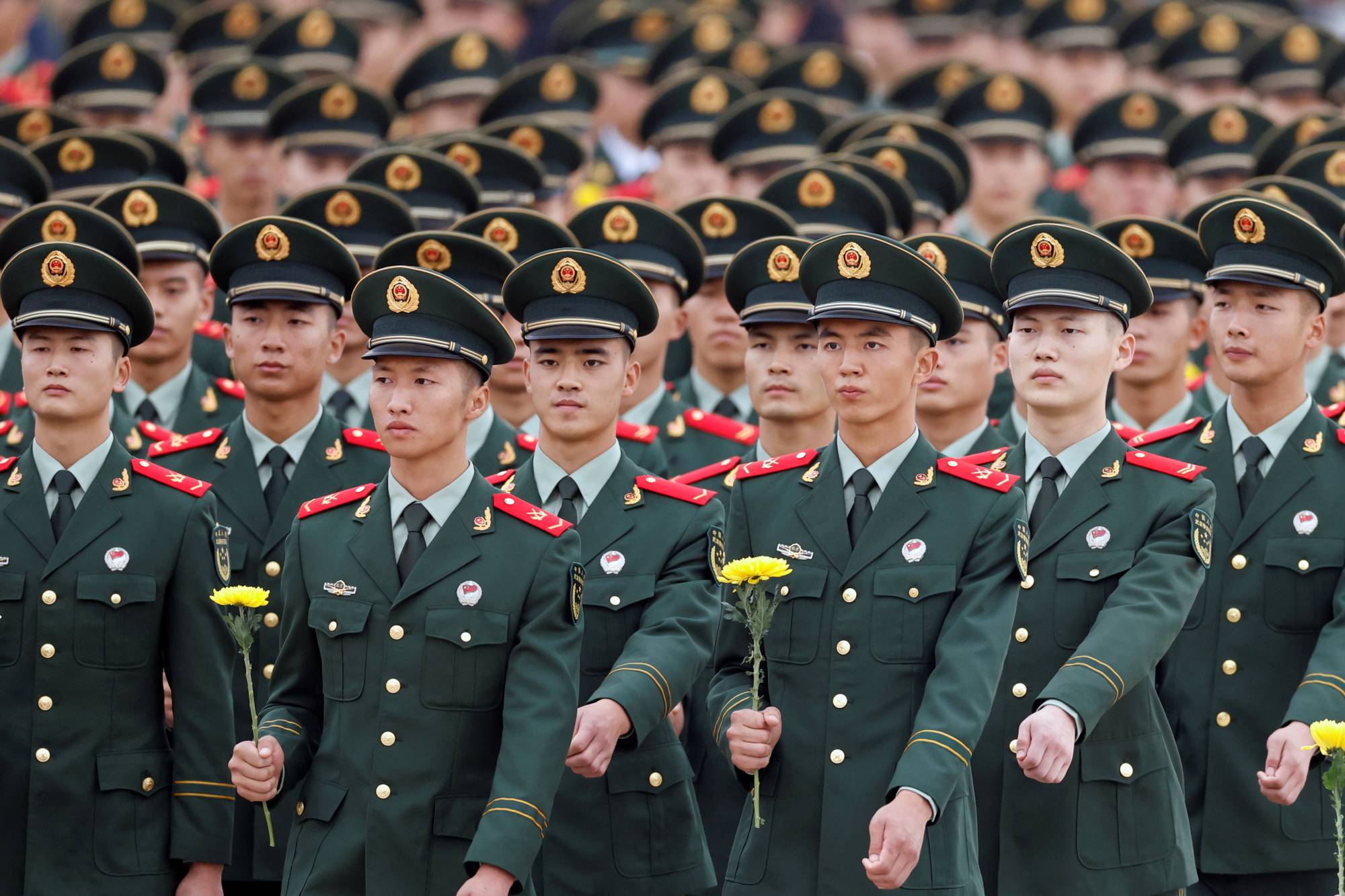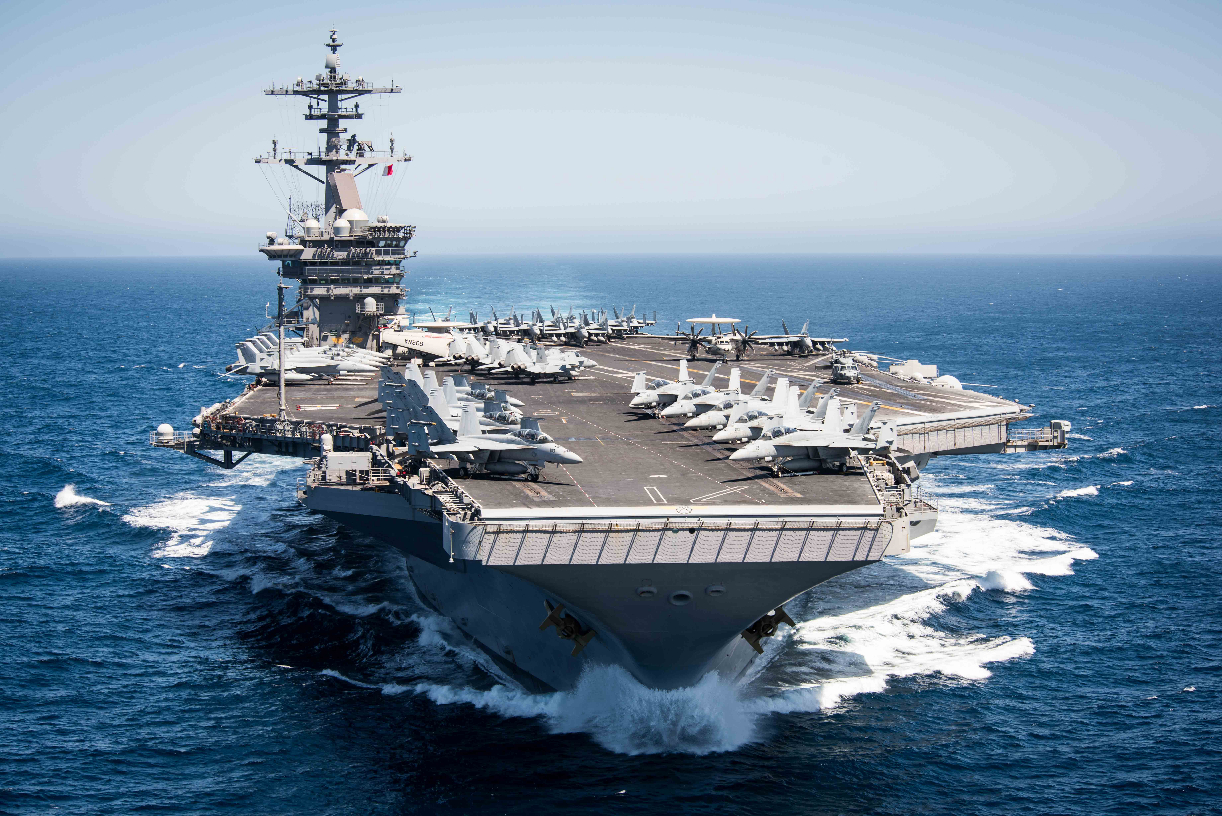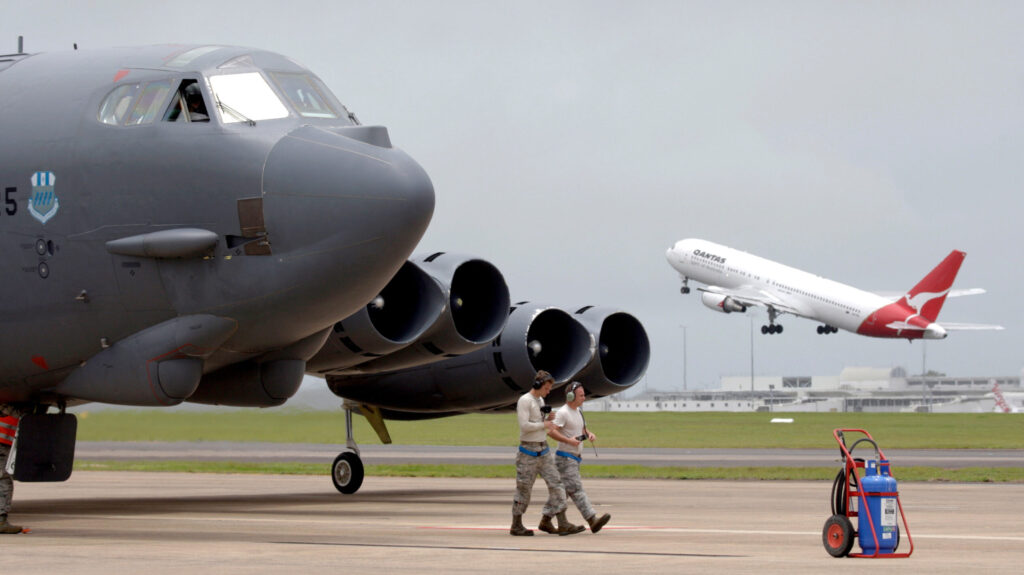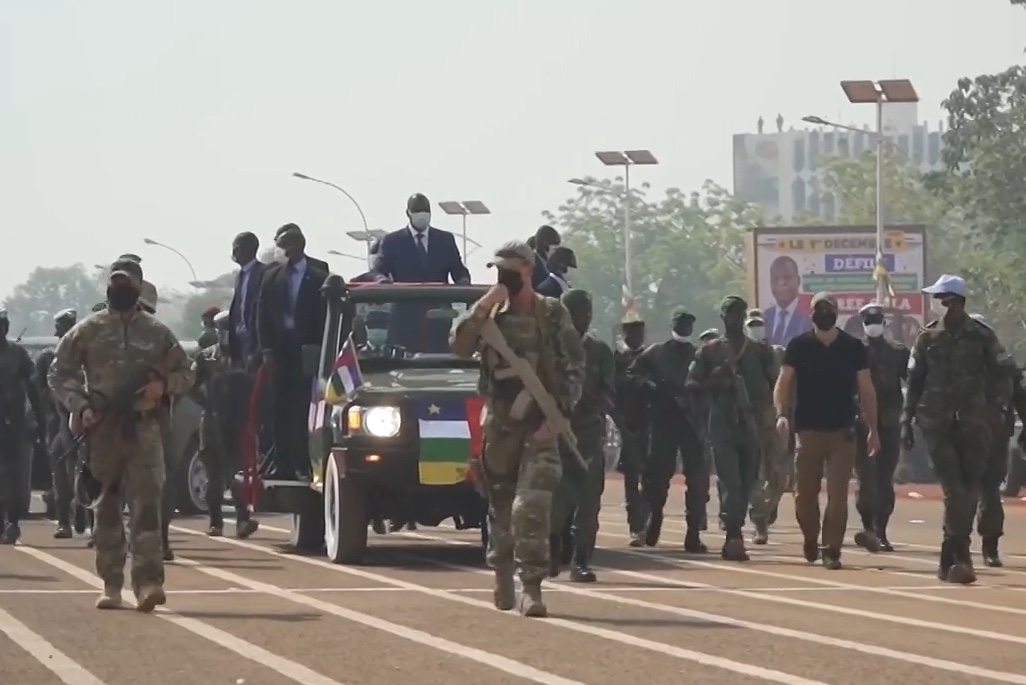(279) 01-21-2022-to-01-27-2022__****THE****WINDS****of****WAR****
(280) 01-28-2022-to-02-03-2022__****THE****WINDS****of****WAR****
(281) 02-04-2022-to-02-10-2022__****THE****WINDS****of****WAR****
-------------------------------------------------------------------------------------------------------------------
BRKG - NORAD - NEW "Object" Detected and Shot Down Over Canada!
Breaking on Fox - Stand By!
BRKG - Another object shot down over Alaska
While were waiting for more info, if it ever comes, does anyone have an idea of what this "object" could be? Or if it even exists. For all we know, this Alaska "thing" could just be a fabricated show, so they can show Joey being "macho" and not so wimpy, to show him to the public as being...
BRKG - Suspected Chinese spy balloon found over northern U.S. - Shot Down on Saturday 2/4/23
No one is going to nuke anyone over a balloon unless the balloon of which you speak is a nuke. Russia shot down KAL-007, China Bumped a P-3, etc. Most of the overflights that have occurred have been the US overflying the "them" and never resulted in a nuke. Have you ever heard of a RUssian spy...
ALERT - RUSSIA INVADES UKRAINE - Consolidated Thread
ZELENSKY, Have Pity For Your Men in BAKHMUT View: https://www.youtube.com/watch?v=pW38cLZ-tOc Runtime - 18:00 Feb 11, 2023 The Siege of Bakhmut takes a dramatic turn, as both the vital M03 and T0504 roads are now under Russian control. The cold and a lack of supplies affect the morale of the...
ALERT - The Winds of War Blow in Korea and The Far East
Philippine Coast Guard to Bolster Its South China Sea Presence By Sebastian Strangio for The Diplomat ASEAN Beat | Security | Southeast Asia...
WAR - CHINA THREATENS TO INVADE TAIWAN
Faytuks News Δ @Faytuks Jan 8 The US and Japanese armed forces are rapidly integrating their command structure and scaling up combined operations as the US and its Asian allies prepare for a possible conflict with China such as a war over Taiwan, according to the top Marine Corps general in...
________________________________________________________________________________________________________________________
Posted for fair use.....

UN Calls ISIS Threat in A Number of Regions Remains High
loading… UN Calls ISIS Threat in A Number of Regions Remains High. PHOTO/Reuters NEW YORK – The threat posed by Daesh extremists ( ISIS ) remains high and has increased in and around conflict zones. The group’s expansion is also particularly worrying in the central, southern and Sahel regions...
 www.ruetir.com
www.ruetir.com
UN Calls ISIS Threat in A Number of Regions Remains High

February 11, 2023
in World
UN Calls ISIS Threat in A Number of Regions Remains High. PHOTO/Reuters
NEW YORK – The threat posed by Daesh extremists ( ISIS ) remains high and has increased in and around conflict zones. The group’s expansion is also particularly worrying in the central, southern and Sahel regions Africa .
UN Deputy Secretary-General Vladimir Voronkov told the UN Security Council that ISIS continues to use the internet, social media, video games and gaming platforms to expand its propaganda reach to radicalize and recruit new supporters.
Baca: US Troops Arrest 3 ISIS Leaders in East Syria
“ISIS’s use of new and developing technologies also remains a major concern,” Voronkov said, as quoted by AP, Friday (10/2/2023). He referred to the continued use of drones for surveillance and reconnaissance and “virtual assets” to raise money.
Voronkov also said the high level of threat posed by ISIS and its affiliates, including their continued expansion in parts of Africa, underscores the need for a multifaceted approach to response – not only focusing on security but also on preventive measures including preventing conflict.
IS declared a self-styled caliphate over large swathes of Syria and Iraq it captured in 2014. The extremist group was officially declared defeated in Iraq in 2017 after three years of bloody fighting that left tens of thousands of people dead and cities in ruins, but its sleeper cells remain exist in both countries.
Baca: 10 ISIS Branches in the World Apart from ISIS-K, All Are Actively Spreading Terror
Some 65,600 suspected ISIS members and their families – both Syrians and foreigners – are still being held in camps and prisons in northeastern Syria run by our allied Kurdish groups, according to a Human Rights Watch report released in December.
Voronkov said the pace of repatriation was still too slow and children continued to bear the brunt of the disaster. “At the same time, foreign terrorist fighters who join extremist groups are not limited to Iraq and Syria and move between different conflict fronts,” he said.
Voronkov, who heads the UN Counter-Terrorism Office, said “foreign terrorist fighters with battlefield experience moving to their homes or to a third country further adds to the threat” from Daesh.
(esn)

/cloudfront-us-east-2.images.arcpublishing.com/reuters/3HMVPPNJ6ZOYZNTTVFM24PUTCM.jpg)
















